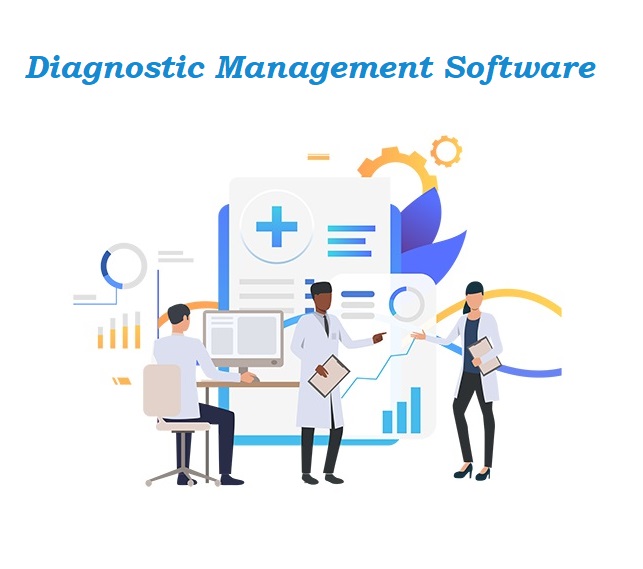// Diagnostic Management Software
Diagnostic management software is a specialized tool designed to streamline, automate, and enhance the process of diagnosing, tracking, and managing technical issues or health-related diagnostics in various industries. It serves multiple sectors, such as healthcare, automotive, IT, and manufacturing, by providing insights through data analysis, monitoring, and reporting. Here’s a breakdown of its typical features and applications:
Key Features:
1. **Data Collection & Analysis**:
– Automatically gathers data from connected devices or systems to identify problems or irregularities.
– Advanced analytics tools process this data to detect potential issues early or diagnose ongoing problems.
2. **Real-time Monitoring**:
– Continuously monitors system performance or patient data (in healthcare) to provide real-time updates on status and potential anomalies.
3. **Automated Diagnostics**:
– Employs algorithms or predefined rules to automatically detect and diagnose issues based on collected data.
– In healthcare, this might involve comparing symptoms or medical images to a database of known conditions.
4. **Reporting & Visualization**:
– Generates detailed reports or visualizations (graphs, dashboards) to present diagnostic results, trends, and insights.
– Often customizable to meet the needs of specific industries or user groups.
5. **Workflow Integration**:
– Can integrate with other management systems (e.g., hospital information systems in healthcare or enterprise resource planning in IT) to facilitate the entire diagnostic and corrective workflow.
– Often includes task assignment and resolution tracking.
6. **Predictive Maintenance & Alerts**:
– Uses historical data and machine learning algorithms to predict potential issues before they occur, minimizing downtime or patient risk.
– Sends alerts or notifications when an issue or abnormality is detected.
7. **User Interface & Experience**:
– Designed to be user-friendly, allowing professionals to input data, view diagnostics, and track outcomes easily.
– Provides intuitive interfaces for technicians, engineers, or healthcare professionals.
Applications:
1. **Healthcare**:
– In healthcare, diagnostic management software is used to manage medical data, assist in diagnosing diseases, track patient symptoms, and facilitate early detection of health issues.
– Often integrated with lab testing, imaging systems, and electronic health records (EHRs).
2. **Automotive**:
– For automotive diagnostics, this software helps detect and troubleshoot issues in vehicles, ensuring that cars meet safety and performance standards.
– It connects with onboard diagnostic systems (OBD) to monitor engine health, emissions, and other critical systems.
3. **IT and Networking**:
– In IT, diagnostic software is used to detect system failures, performance bottlenecks, or security vulnerabilities in hardware or software systems.
– It can help identify network issues or server downtime, improving overall system reliability.
4. **Manufacturing**:
– In industrial settings, it monitors machinery and production lines, ensuring that equipment operates efficiently and any potential malfunctions are diagnosed early.
– Reduces operational delays by predicting equipment failures.
5. **Telecommunications**:
– Telecom companies use diagnostic tools to monitor and manage network infrastructures, ensuring connectivity and performance for users.
Benefits:
– **Increased Efficiency**: Automates the diagnosis process, reducing manual effort and improving accuracy.
– **Cost Savings**: Identifies and resolves issues faster, reducing downtime and repair costs.
– **Improved Accuracy**: Reduces human error by relying on advanced algorithms and data-driven insights.
– **Enhanced Decision Making**: Provides professionals with actionable insights and data to make informed decisions.
– **Scalability**: Suitable for small operations or large-scale enterprises, depending on configuration and needs.
In essence, diagnostic management software empowers organizations to better manage systems, machines, or patient care by providing comprehensive tools for detecting, analyzing, and addressing problems quickly and efficiently.


